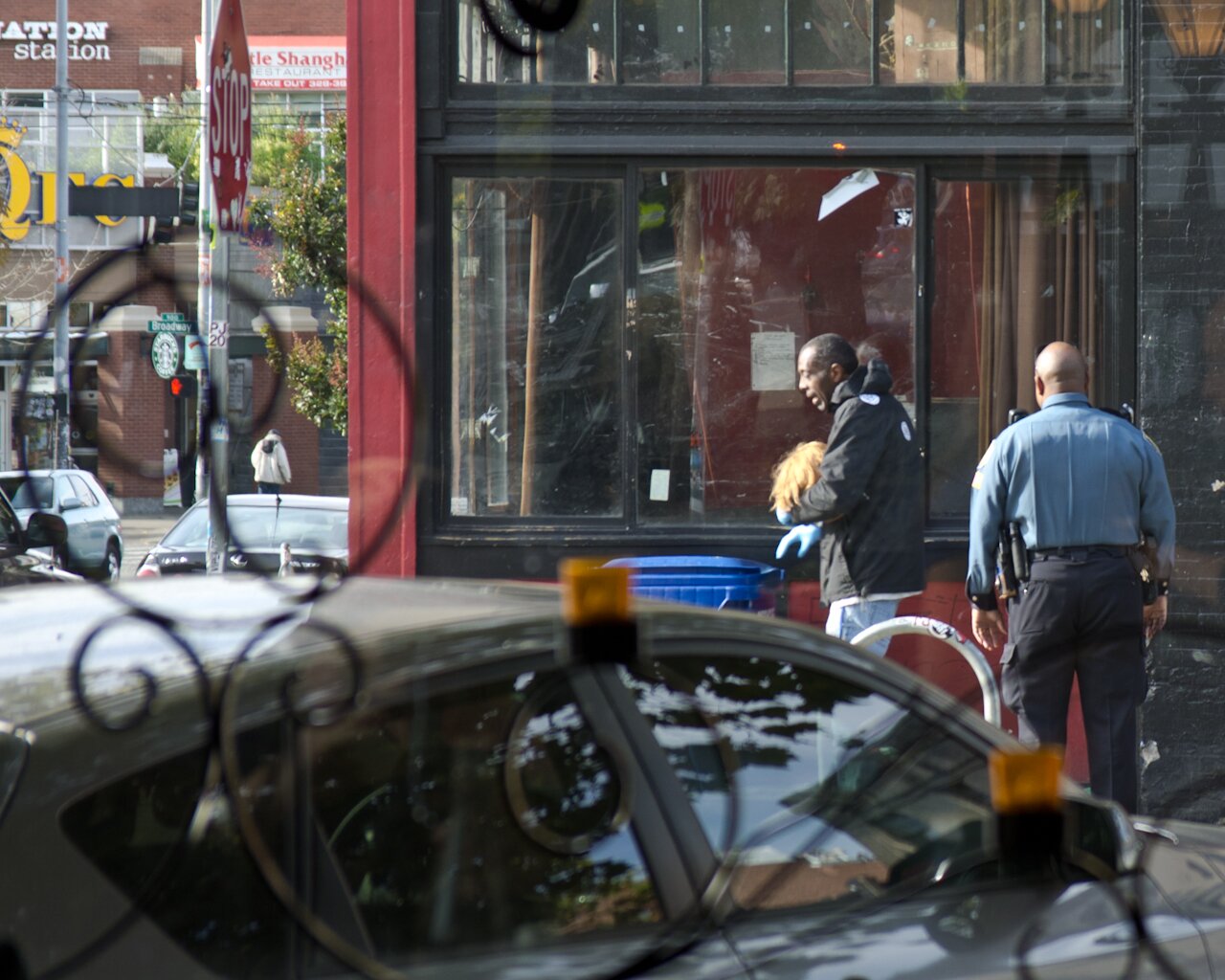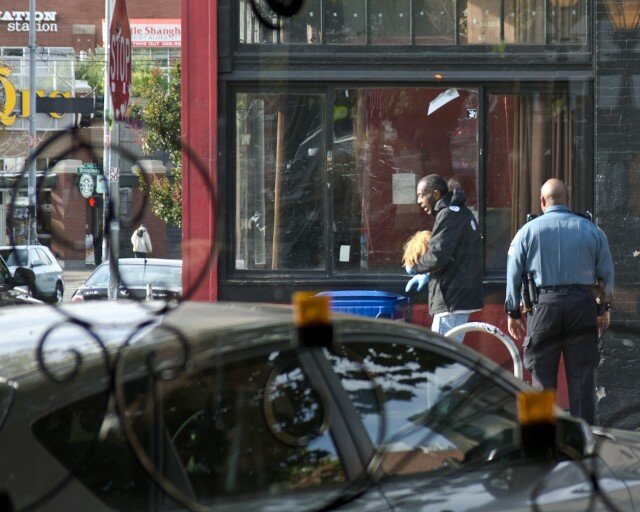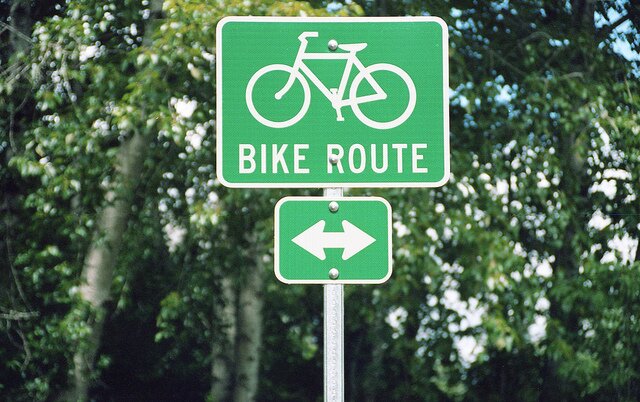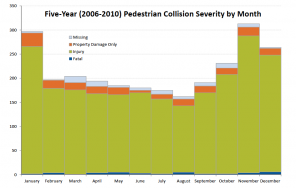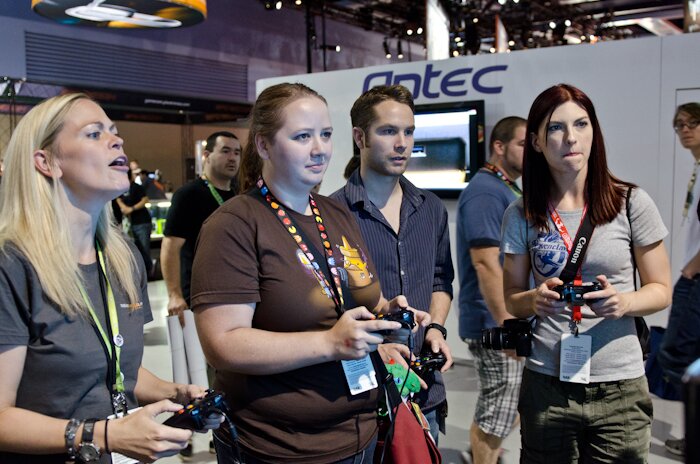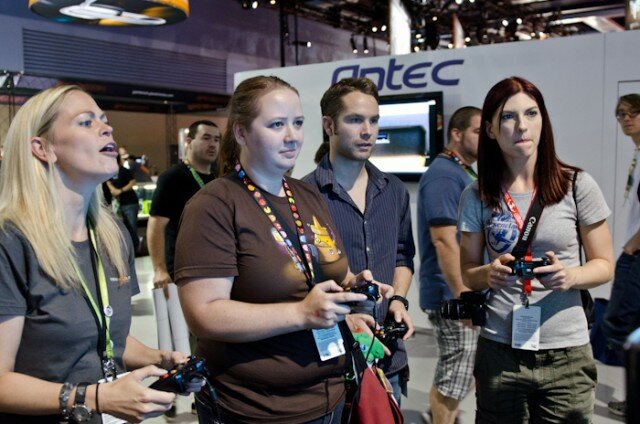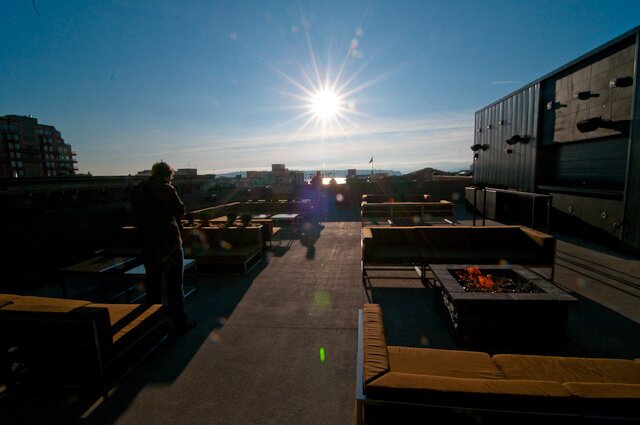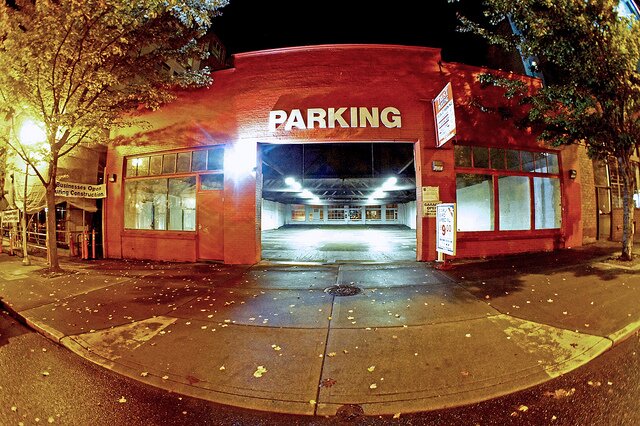
It’s funny how people react to change. What you’re used to is good, what you’re not used to is probably bad. Parking meters that charge x amount between period a-b, those are acceptable. (They were not when instituted. They were not each time x amount increased. They were not each time period a-b changed.) But this recent incremental change! By god no!
This is an emotional or intuitive reaction that’s reliably distinct from rational pros and cons. A particular change may well be terrible–even twenty-five cents can be a bridge too far. But as data increasingly drives the world in which we live (say, Amazon is doing very well, aren’t they?), it’s not enough to be “agin it” because of what “any idiot knows.”
The Seattle Times is a reliable chronicler of this response (in addition to more closely reasoned reportage), though they are typically constrained by journalism’s ethics to reproduce the doomsayer argument with weasel words: “Parking around Seattle may get worse as city planners favor transit.” Yes, and we may find that eating more granola correlates with a spike in diabetes. On the op-ed page, you get stronger claims: “Parking fees drive diners away.”
There, the Seattle Restaurant Alliance argues that extending parking hours and increasing rates “potentially” shrinks the pot of money that diners are willing to spend on a night out. “More than a year after the city implemented its extended-hours parking plan, we can confidently say that this new structure is not helping our businesses,” the writers assert. I cannot discern the reason for this confidence, as there is not a single before-and-after comparison in their article.
The researchers at Sightline are pro-dynamic pricing for parking meters. They performed a year-over-year comparison of gross receipts for downtown restaurants (excluding bars). “After paid parking hours were extended in mid-2011 gross receipts for downtown restaurants climbed by 5.4 percent,” writes Eric de Place, adding that: “In the 98104 zip code, gross receipts spiked by nearly 9 percent after the parking changes went into effect.” (His boldface.)
These two findings are not necessarily contradictory. It’s possible that restaurants, lacking volume, have passed on higher prices to fewer customers, and gross receipts are up. It’s possible that the changes have created distinct winners and losers among restaurants. Many things are possible. But what we can be sure of is that gross receipts are up, which you wouldn’t assume was a bad thing, at first glance.
I urge the SRA to provide better data if they want people to take them seriously. For a better example of how to talk parking v. restaurants, see Don Blakeney’s letter here.
I am perhaps less inflamed by parking price points through not owning a car, though I certainly notice the jump when I occasionally need to feed the meter. On the other hand, I’ve never thought of going into downtown for dinner as the best way to save $8. Prior to dynamic pricing, you simply couldn’t find street parking, and private lots tried to jack you for $20-plus evening rates. Presuming you can now find street parking for just $8, that seems like a win.
Over at Atlantic Cities, Chuck Wolfe, a member of Mayor Mike McGinn’s roundtable group of business, environmental, and neighborhood representatives, discusses land use regulatory reform in Seattle, and the backlash to free-market thinking when it comes to parking. Wolfe notes perplexedly that “eliminating certain parking requirements in areas served by transit equated to a parking prohibition,” though parking would still be an option–if it’s something people are willing to pay for.
If I am reading the Times correctly, part of the backlash is an incredible display of self-interest. One opponent to an assisted-living facility in West Galer neighborhood of Queen Anne is a psychotherapist who purchased a residential house and put in nine offices, all of whose staff and clients park on the street. That is right and good and their due, apparently. But they are worried that visitors to the senior citizens will want street parking, too. After you’ve got yours, it’s best to close the gate.

